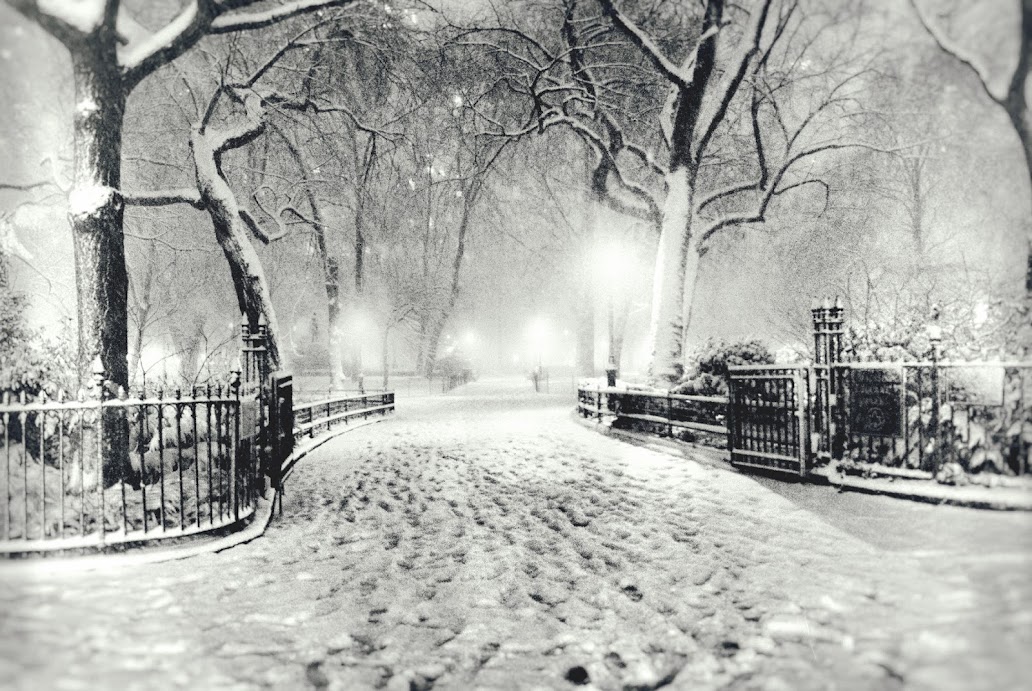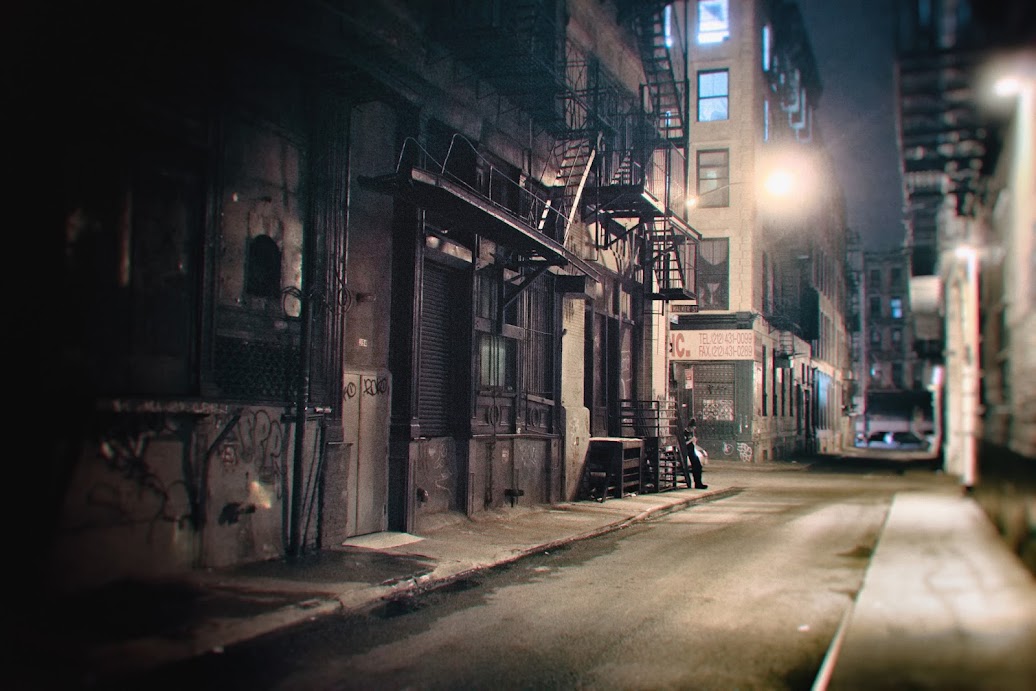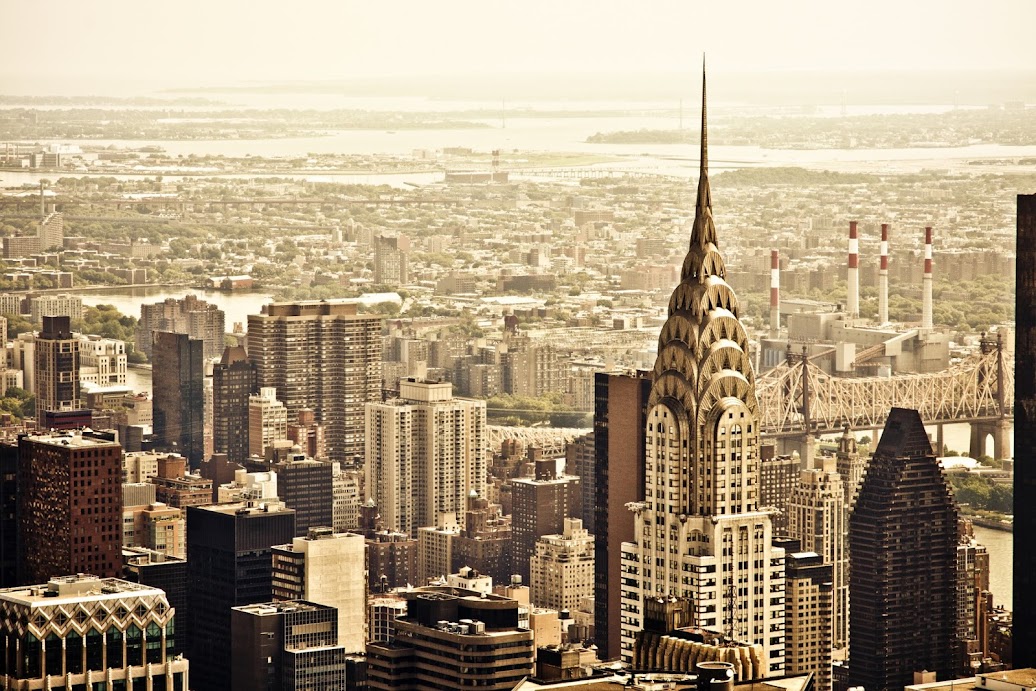
Backyards, space, friendly neighbors and cultural diversity are just some things that make Canarsie residents proud of their southeastern Brooklyn neighborhood.
The area is known for its suburban feel with large yard space, well-kept lawns and tree-lined blocks.
These features are what convinced Pate Felix to buy here.
“When I was looking for a home, I heard about Canarsie as far as it being family friendly, but I was really looking for a backyard,” she said. “I didn’t want a square. When the realtor showed me the house, as soon as I saw the [backyard] I was sold.”
She, her husband, Fred, and two sons, have lived in Canarsie for 14 years. Both say the best thing about the nabe is its quiet atmosphere and the sense of community.
“The key to any neighborhood is the people; and we’ve met great people here,” Fred Felix said.
For Anthony Gallina who was born and raised and still lives in Canarsie, it’s also the convenience that keeps him here with his wife, Jessica.
“A reason why immigrants move to Canarsie is because it reminds them of home,” he said. “The neighbors here are nice and people stay for generations.” He likes that the residents, old and new, take time to interact with each other. “I know all the people in the corner stores, my neighbors; the residents look out for each other,” he said.
In addition to its suburban qualities, Canarsie is accessible by the L train, which takes residents into Manhattan in 30 minutes. Local buses run frequently. Most residents own cars but often park near the L train station to go to work. But many also take the express buses into the city.
According to “The Encyclopedia of New York City: Second Edition,” edited by Kenneth T. Jackson, Lisa Keller and Nancy Flood, Canarsie is situated within the former Dutch town of Flatlands. It was named after the Canarsie Indians who inhabited the land at the time of European settlement. The book states that the area was popular for fishing and farming for much of the 18th century.
By the 1920s the area was inhabited by Italian and Jewish immigrants. In the 1980s it attracted a heavy Caribbean population from Trinidad, Barbados, Haiti, Guyana and Jamaica.
By the 1920s the area was inhabited by Italian and Jewish immigrants. In the 1980s it attracted a heavy Caribbean population from Trinidad, Barbados, Haiti, Guyana and Jamaica.
Now, restaurants serving up Caribbean cuisine like Dougie’s Jamaican Cuisine, Bamboo Garden and Sally’s West Indian Restaurant, dot the main thoroughfares and coexist with older establishments like Armando’s Pizza and Original Pizza.
“It’s a growing and thriving neighborhood. There is a lot of community involvement here and tight-knit families,” said real estate agent Paul Schwartz of Fillmore Realty on Avenue L. “It’s a neighborhood where people settle down and stay.”
According to Schwartz, Flatlands Avenue separates “old Canarsie,” to the north, from “new Canarsie,” with homes built in the ’50s and ’60s to the south.
The other main corridors, Rockaway Parkway, Ralph and Remsen avenues, and Avenue L offer mom-and-pop stores selling apparel, electronics and furniture.
But residents also frequent the Gateway Center in nearby Spring Creek which houses big box stores like Target. Others head to the Brooklyn Terminal Market on Foster Avenue for foodstuffs.
Outdoor recreation is also big here. The Canarsie Pier gives residents a chance to relax or go fishing, and Canarsie Seaview Park is popular for picnics in the warm months.
“In that sense it is a bit under-served,” Schwartz said of indoor activities. “Every neighborhood should have a place where families can relax and get to easily.”
But he insists this is still a great place to live.
“The perception of Canarsie from some people is that it’s not as good of a neighborhood but that’s because there isn’t money being poured into development here,” he said. “This neighborhood has survived over 100 years and it is rich in history and culture.”
Gallina and Pate Felix said they have also encountered misconceptions about the area but added that much of it is still left over from when it had racial tensions.
“When people hear that you live in Canarsie the preconception is that of the past and it doesn't change unless they come here or know someone who lives here; that’s when they say, ‘OK, it’s nice here,” Felix said. “On the other hand, I think not enough people pay attention to us. But I don’t mind that – it’s like our little secret.”
LISA FRASER














































